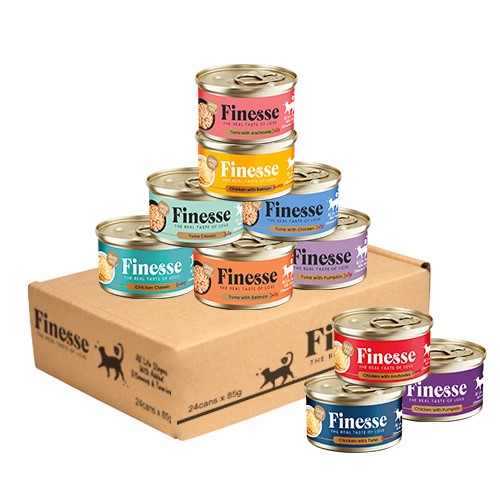


An early listener understood what was meant was “cat.” It’s not difficult to imagine. Perhaps an early speaker made the sound of a cat. It’s easier to copy than be original, and humans are good mimics. Onomatopoeic words are obvious choices for first vocalizations because the imitation of a sound takes only mimicry. “Meow,” though not recognized in our culture as a formal word, still signifies for most humans as the sound a cat makes. Words like “bees,” “crow,” “cuckoo,” and “hawk,” would appear to have been chosen after hearing an animal make that respective sound. “Onomatopoeia”-a word that sounds like the thing it names-is the term for the class of words that the “Bow Wow” theory covers. You can guess by the name how seriously this theory is taken. Origins of speech are based on early humans’ imitation of animal sounds. In the traditional Chinese character for “cat,” the left side has an evident cat-like substructure and the right side has the “field-sprouts” character combo which signifies for “seedling, sprout, tribe” and keys for the sound “miáo,” but in reality the sound of this character is māo, and the pitch of this sound should be near a concert “D” on the piano (according to McNaughton and Ying’s Reading and Writing Chinese, p. The “Bow Wow” theory, as it is known, postulates that theįigure 3. The way to keep people from knowing things is to use esoteric symbols or insufficient description. Part of the problem is this curved tittle. It is convenient to think that our alphabet is not as logographic as Chinese, for example ( Figure 3), but that’s because many of us are in some form of denial, and perhaps even elitist: “Their language is pictures ours is not.” Our letterforms are pictorial, but the pictures are so derivational that we’ve forgotten-as a society, and on purpose perhaps-what they represent. The alphabet is a simplified form of what was important to early humans: things found in nature. Our language is loaded with Cro-Magnon baggage, such as words and letters that show a similarity to sticks, weapons, and human body parts. I apologize for bringing up curved tittles-and if the sound of this word makes you titter, it is not a coincidence. The tittle of the “i”-a tittle is the dot over an “i”-is curved ( Figure 2) to show you that its sound is somehow perverted-in this case from an “i” to a “y”-so this word for “cat” really should be written as myw, which suggests that the Ancient Egyptian word for “cat” was probably not far from “mew,” another sound we recognize as emanating from a feline. The “i” you see in Figure 1 for the Ancient Egyptian word for “cat” is not really pronounced as an “i” but instead as a /y/ (“yuh”) sound. To understand the complexity of the words that mean a “small, furry beast that purrs,” one must first comprehend the “tittle,” because in the arcane world of linguistics, there are still words that are throwbacks to the mindset of an earlier age, not dissimilar to Carl Linnaeus’ work on plants. So then, why do so many of us call the cat “cat”? We can all agree that the cat is important, so is it surprising that many humans have a consistent name for a long-time associate? “The cat’s meow,” a now-hackneyed phrase from 1922 meaning “superlative” (Wikipedia, 2019) demonstrates that the sound which the cat appears to favor is a resonance we ourselves prefer. Highlighted in pink is the sound correspondence between the Chinese word for “cat” and Ancient Egyptian word for “cat.” A form of “meow” has been a signifier for “cat” for at least 5,000 years.


 0 kommentar(er)
0 kommentar(er)
